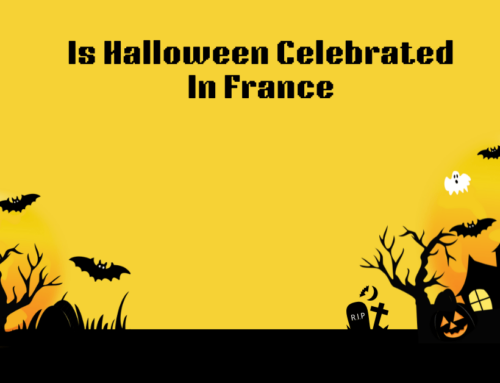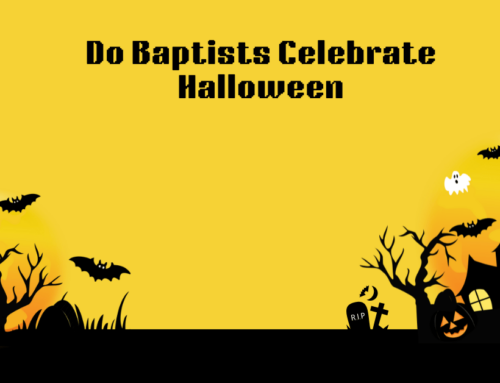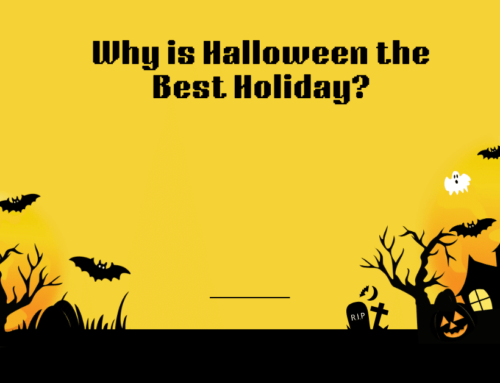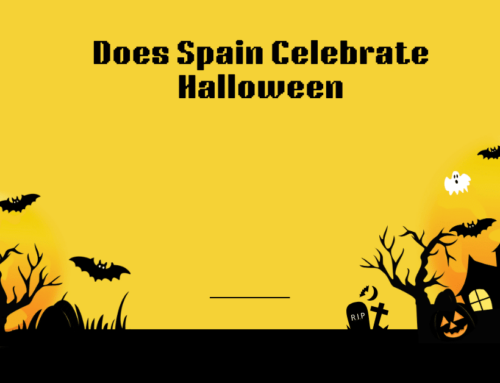Halloween Festival, with its spooky decorations, creative costumes, and trick-or-treating, has become one of the most anticipated festivals worldwide. But have you ever wondered why this eerie yet exciting celebration takes place every year? In this article, we’ll explore the rich history, cultural significance, and modern interpretations of Halloween to understand why it continues to captivate people of all ages.
Historical Origins: From Samhain to All Hallows’ Eve
The roots of Halloween can be traced back over 2,000 years to the ancient Celtic festival of Samhain (pronounced “sow-in”). This celebration marked the end of the harvest season and the beginning of winter, a time often associated with human death. The Celts believed that on this night, the boundary between the world of the living and the dead blurred, making it easier for Celtic priests to make predictions about the future.
As Christianity spread across Celtic lands, the church sought to replace pagan festivals with Christian observances. This led to the establishment of All Saints’ Day on November 1, followed by All Souls’ Day on November 2. The evening before All Saints’ Day became known as All Hallows’ Eve, which eventually evolved into Halloween.

Halloween Festival
Cultural Significance: From Religious Observance to Secular Celebration
Over centuries, Halloween transformed from a somber religious occasion into a festive secular celebration. This evolution reflects broader cultural shifts and the holiday’s adaptability to changing societal norms. While Halloween originated in Celtic-speaking countries, it has spread globally, with each culture adding its unique twist.
Key aspects of Halloween’s global reach:
- United States: Popularized trick-or-treating and commercialized celebrations.
- Mexico: Día de los Muertos (Day of the Dead) shares similarities with Halloween.
- Japan: Adopted Halloween relatively recently, focusing on cosplay and themed parties.
- United Kingdom: Incorporates traditional games like apple bobbing.
- Germany: Combines Halloween elements with Reformation Day celebrations.

Cultural Significance: From Religious Observance to Secular Celebration
Traditional Halloween Activities: More Than Just Candy
Halloween’s enduring popularity can be attributed to its fun and engaging traditions. Trick-or-treating, perhaps the most beloved Halloween custom, has its roots in the ancient practice of “souling.” Poor people would visit wealthy homes, offering prayers for the dead in exchange for food. Today, children dress in costumes and go door-to-door, collecting candy from neighbors, fostering a sense of community and bringing neighborhoods together.
Donning costumes is integral to Halloween celebrations, allowing people to temporarily assume new identities. Historically, Celts wore animal heads and skins to confuse evil spirits. Over time, this practice evolved from simple ghost costumes to elaborate character representations, offering a chance for self-expression and escapism.
Jack-o’-lanterns, those iconic carved pumpkins, have become a symbol of Halloween with a fascinating origin story. According to Irish legend, a man named Stingy Jack tricked the devil and was condemned to roam the Earth with only a carved-out turnip and a burning coal for light. When Irish immigrants came to America, they found pumpkins more suitable for carving, leading to the tradition we know today.

Traditional Halloween Activities: More Than Just Candy
Halloween’s Role in Community Building
Beyond its historical and cultural significance, Halloween plays a crucial role in fostering community bonds. The holiday encourages neighbors to interact, often meeting for the first time during trick-or-treating. This creates a sense of shared experience and collective celebration. Schools and local businesses frequently organize Halloween events, further strengthening community ties.
The Psychology of Halloween: Facing Fears and Exploring Identities
Halloween’s popularity can also be attributed to its psychological benefits, offering a unique outlet for various human needs. The holiday allows people to confront fears in a safe, controlled environment. The “fun scare” releases adrenaline and dopamine, creating a pleasurable experience. Additionally, costumes provide an opportunity to try on different personas, which can be especially beneficial for children and adolescents in developing their self-concept.
Economic Impact: Halloween’s Business Boom
The celebration of Halloween has significant economic implications, driving sales across various industries. The retail sector sees a substantial surge, particularly in costume sales, decorations, and candy. The entertainment industry also benefits, with haunted houses and horror-themed attractions generating considerable revenue.
Key areas of economic impact:
- Costume industry: From DIY to high-end professional designs.
- Home decor: Seasonal items for both indoor and outdoor decoration.
- Confectionery: Major sales period for candy manufacturers.
- Entertainment: Increased viewership for Halloween-themed movies and TV specials.
- Tourism: Halloween-themed events attracting visitors to specific locations.

Economic Impact: Halloween’s Business Boom
Modern Adaptations: Halloween in the Digital Age
As with many traditions, Halloween has adapted to the digital era, incorporating new technologies and social trends. Online costume contests and virtual trick-or-treating gained popularity, especially during the COVID-19 pandemic. Social media platforms see an influx of Halloween-related content and challenges, with influencers often showcasing elaborate costumes and themed content. This digital presence has expanded Halloween’s reach and influence globally.
Controversies and Criticisms: Navigating Sensitivities
While widely celebrated, Halloween is not without its critics. Addressing these concerns is crucial for the holiday’s continued relevance and inclusivity. There are growing concerns about costumes that stereotype or misrepresent cultures, leading to calls for more respectful costume choices. Parents also worry about children’s safety during trick-or-treating, prompting communities to respond with organized events and increased safety measures.
The Future of Halloween: Evolving Traditions
As society changes, so too does the way we celebrate Halloween. Looking ahead, we can anticipate further evolution of this beloved holiday. There’s a growing trend towards eco-friendly celebrations focusing on sustainable costumes and decorations. We’re also seeing an increased emphasis on inclusive celebrations that accommodate diverse needs.
Technological integration is likely to play a significant role in future Halloween celebrations:
- Augmented reality experiences enhancing traditional activities.
- Smart home technology creating more immersive haunted house experiences.
- Virtual reality allowing for novel ways to experience Halloween stories and traditions.
- Social media platforms developing Halloween-specific features and filters.

The Future of Halloween: Evolving Traditions
Conclusion: The Enduring Appeal of Halloween
Halloween’s journey from ancient Celtic festival to global phenomenon is a testament to its adaptability and universal appeal. It continues to be celebrated for various reasons, including its connection to history and tradition, opportunity for community bonding, psychological benefits, economic significance, and adaptability to modern trends and technologies.
As we don our costumes and carve our pumpkins each October, we’re not just participating in a fun holiday – we’re continuing a tradition that has evolved over thousands of years. Halloween’s ability to blend the spooky with the fun, the traditional with the modern, ensures its place as a beloved celebration for generations to come.






